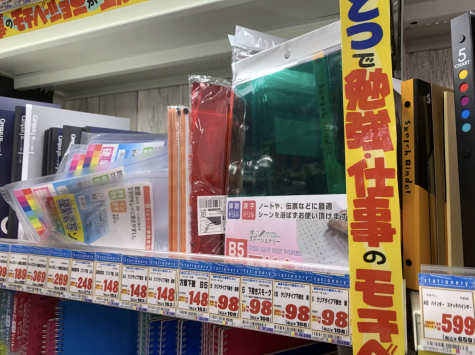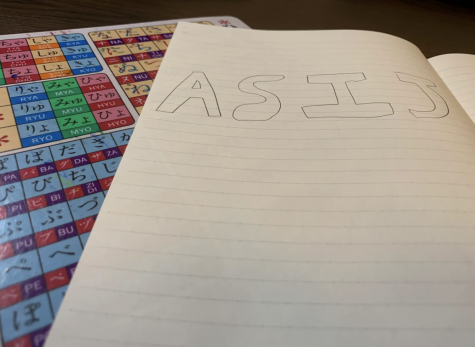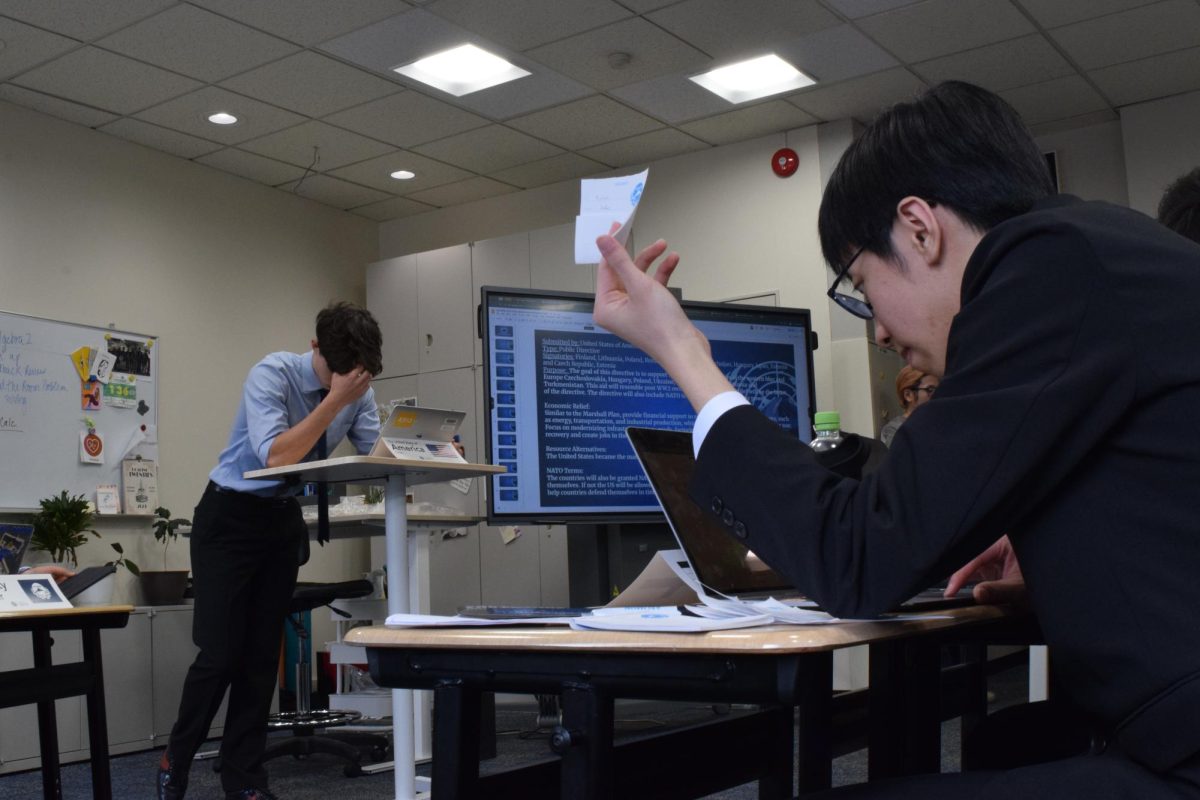What Lies Beneath the Page
October 20, 2021
Among 2B pencils and perfectly cubed erasers, for Japanese school students the shitajiki is a quintessential writing utensil. The shitajiki, otherwise known as a pencil board or a writing mat, is a thin plastic slat placed under a page of a notebook. It’s purpose is both to prevent excessive marking to the pages below and to provide a stable ground for writing. Early in Japanese education, students are taught to take notes in a clean and orderly fashion; some teachers even go as far as to enforce the use of shitajiki amongst their pupils. The shitajiki is a symbol of neatness, unique to the culture of Japan.

The market for shitajiki is unlike that of any other writing utensil, or stationery item for that matter. Shitajiki are sold in packs of one — its exceptional reusability makes little need for a readily available spare. In large part, the boards are sold in only two sizes: B4 and A5. These dimensions match the paper sizes of notebooks most commonly used by students. Perhaps due to some universality, the depth of the mat is seldom mentioned in shitajiki advertisements. After all, writing mats need only to be sturdy; any reasonable depth accomplishes this just fine.
In shitajiki advertisements, the primary and most significant variations are in design. While the shitajiki may be distributed only in Japan, they serve a wide target audience within the population. From elementary schooler to office worker, most who go about their daily lives with notebooks and pencils have a pencil board of some sort. Ultimately, the biggest target audience is the school-age children who are most firmly encouraged to use shitajiki. This is reflected in the vast variety of designs that feature icons of popular culture. In an effort to appeal to the younger audience, shitajiki manufacturers reference popular anime and game characters, celebrities, and even eye-catching tourist attractions. As a result, there exist some niche groups of collectors who gather shitajiki. Otherwise, shitajiki are commonly sold in plain colors, with measured lines, or as a sort of academic cheatsheet, like a multiplication table. Despite being an essential utensil for writing, shitajiki are bought less on the basis of differing features, and more on visual appeal.

Very little is known about the origins of the shitajiki, much less precisely who invented it. Only in a brief text written in 1972, by Tadamori Hisada, is there a mention of the birth of the popular tool, which was apparently used originally to aid photocopying. In any case, the shitajiki maintains its popularity as a culturally fundamental factor of Japanese education — and rightfully so. The emphasis on quality that using a writing mat values is heavily reflected in other aspects of Japanese culture, such as calligraphy. In the pursuit of mindful writing, perhaps ASIJ should offer shitajiki to students.



















